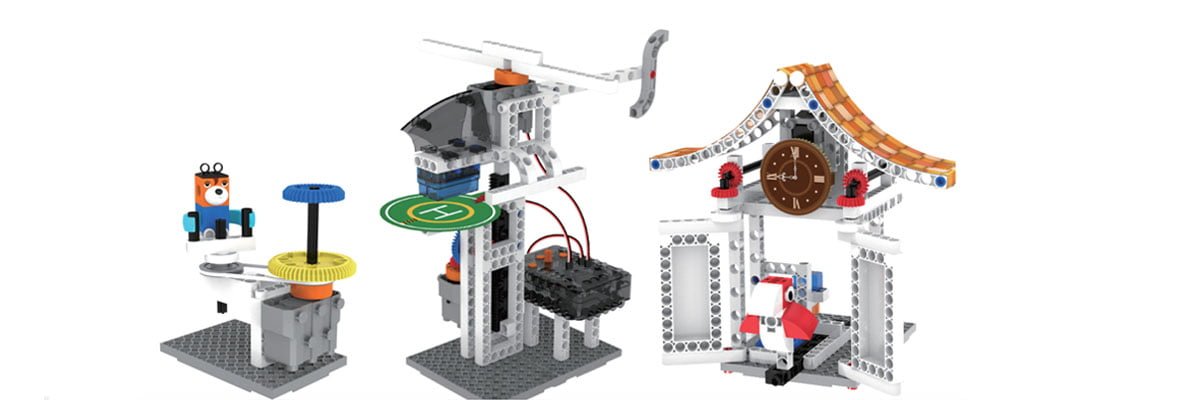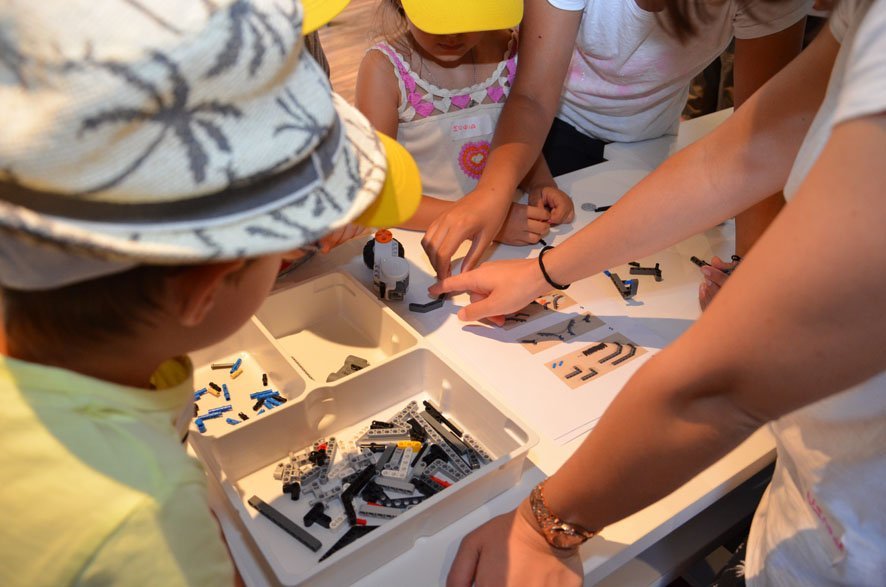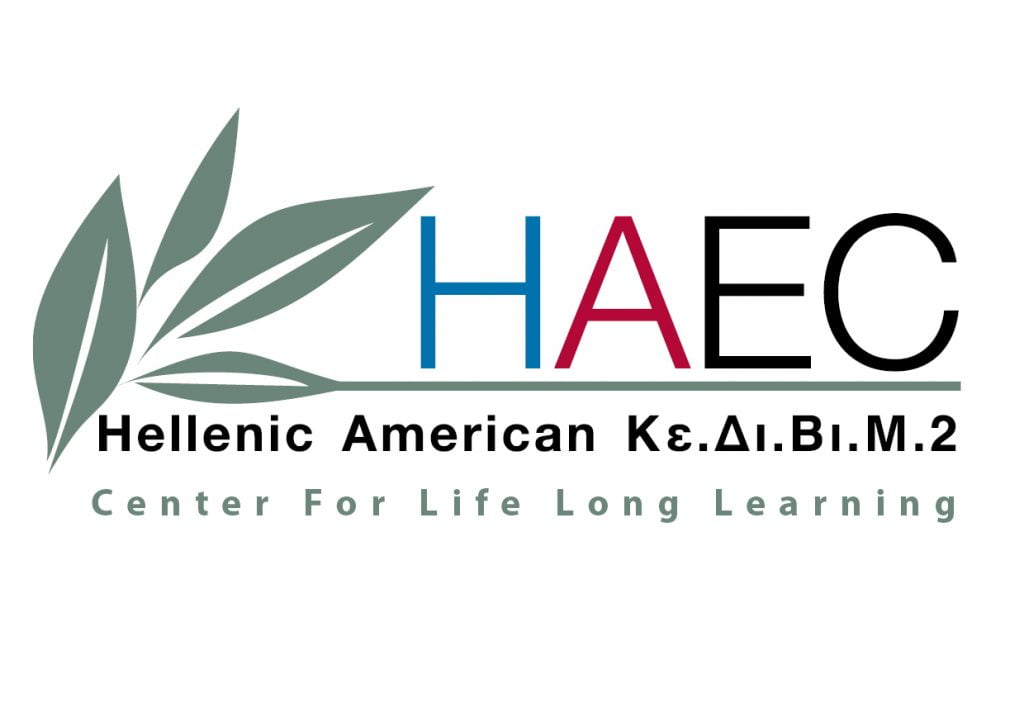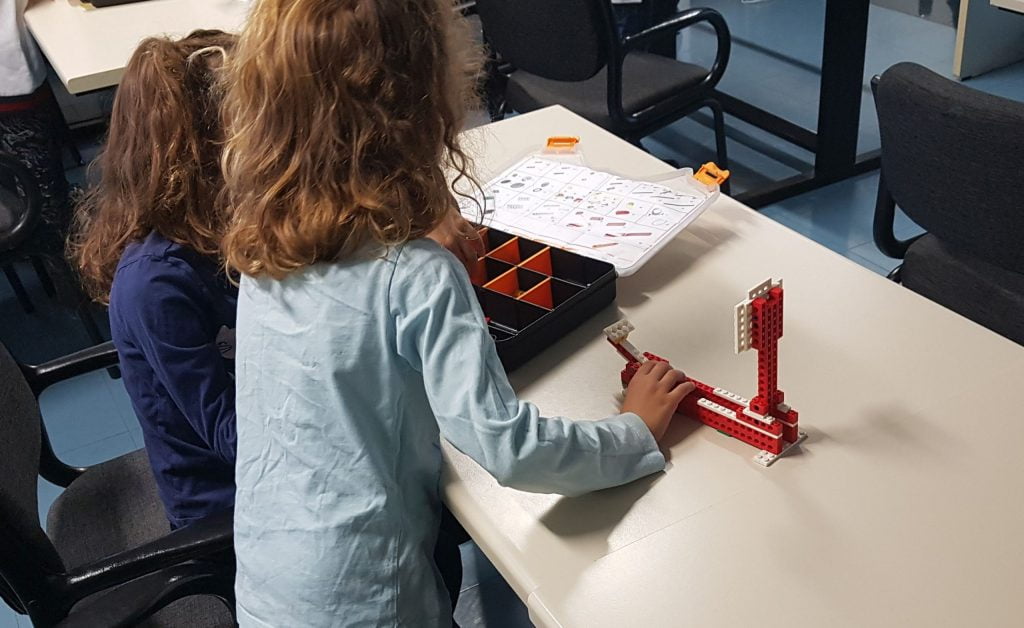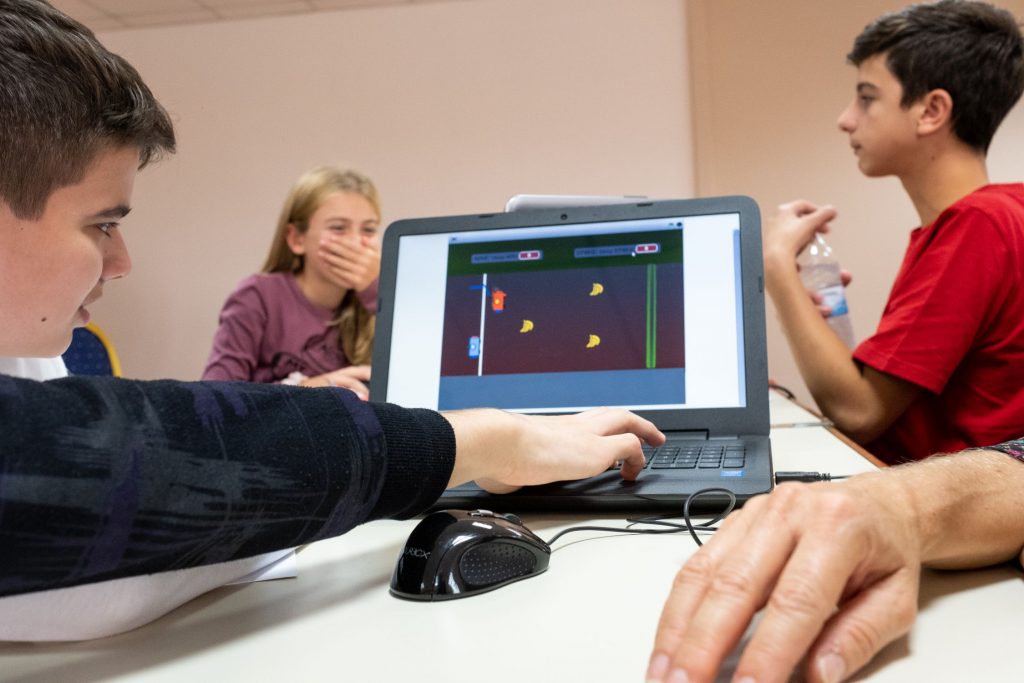The program S4A Constructing & Programming is designed for students of the last grades of the elementary school, based on the “STEM” methodology. This methodology focuses on solving genuine real problems by selecting concept theories and tools from different disciplines or creates a construction that combines concepts and tools from the four disciplines (Physics, Technology, Engineering and Mathematics). STEM’s predominant role in teaching is problem solving, discovery-exploratory learning and creative engagement of trainees in finding a certain solution.
Children will create objects and constructions of their natural world and will gradually discover the operation of “Simple Machines” (gears, pulleys, levers, wheels and axles). Operating in groups, they will learn to work together and solve real-world problems.
In all workshops, children will plan their constructions in the Scratch programming environment and create a small simulation of their construction in the virtual environment of the program. Scratch is a programming language where one does not have to type in a single line of code to write a program, but is designed to be entertaining, educational and easy to use. It has tools for creating interactive stories, games, simulations, presentations, animation and many other programs. Scratch has been developed by a small group of researchers at the MIT Media Lab. It consists of a graphical programming environment in which students join ready commands, like jigsaw pieces, to create programs. By programming the constructions they build themselves, students will realize the value of programming and will better understand basic algorithmic structures, as computer programming is essential today in all sciences.
Nowadays, sensors are used everywhere and they detect specific information in the area where they are located. By focusing on the development of constructions using sensors, students will learn what they are, their basic operating principles, and choose the appropriate type of sensor depending on the problem.
The constructions will be created with the S4A Programming Bricks (GIGO) and all activities will be accompanied by customized worksheets that will allow children to verify what they have learned by observing.
Cross-curricular knowledge
- Physics: Friction, Energy Conversion, Velocity, Force, Laws of Mechanics
- Technology: Simple Machines, Motion Transmission, Contemporary Mechanisms, Sensors
- Engineering: Mechanical Advantage, Staticity – Builder, Problem Solving
- Mathematics: Simple and Complex Operations, Patterns, Geometry
- Programming: Computer Programming (Sequence Structure, Selection Structure, Repeat Structure)
Topics
Section 1: Gears
Section 2: Wheels and Axes
Section 3: Levers
Section 4: Pulleys
Section 5: Machines and Mechanisms

